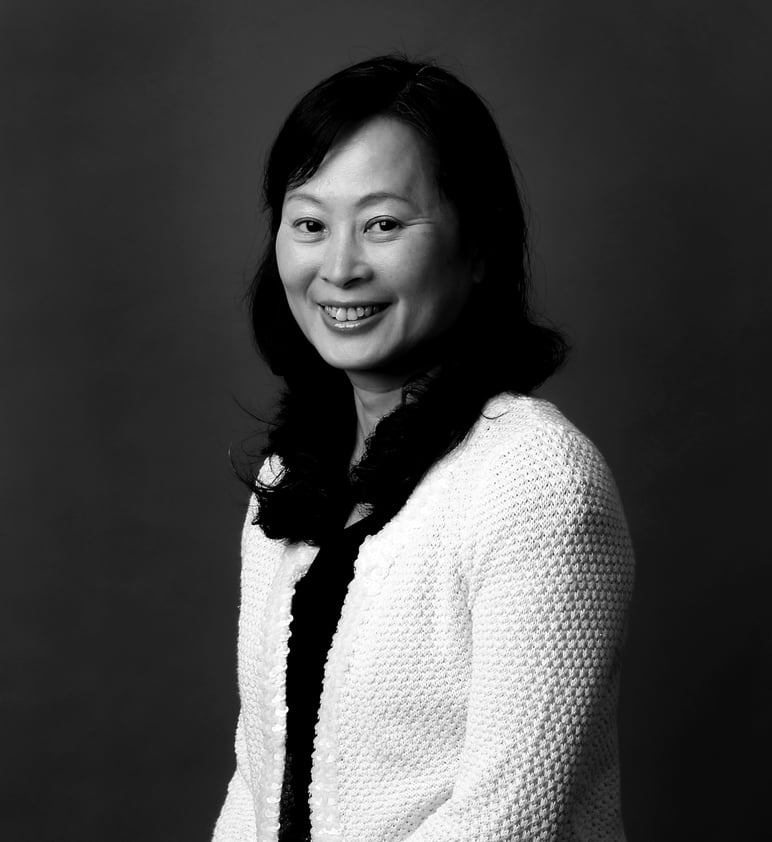
Middle class finds it's all give, no take
'Silent majority' may be hard to define, but leaders must listen as its complaints get louder
Who belongs to the middle class? A joke doing the rounds in political circles has it that the person who solves the conundrum could be wise enough to become chief executive.
While the government defined the poor when it set the city's first poverty line last year, there has never been an official definition of the middle class.
But when Chief Executive Leung Chun-ying finished his second policy address, he might well have realised that his "spend what must be spent" push to alleviate poverty would have upset the middle class, whose interests were ignored.
Some critics warned the move may lead to conflicts between the poor and the middle class - a class once full of confidence but now stricken by financial and political discontent.
Various demands and expectations are floated at policy-address time every year, and no chief executive can be expected to please everyone with his annual blueprint.
Leung's decision this year to make taking care of the working poor his top priority was well understood. So why does it appear to have backfired? It certainly isn't as simple as a lack of instant goodies. Rather, it's because many of those labelled as middle class see themselves as working poor, too.
It all comes back to the definition of middle class, also known as the "sandwich class" or "silent majority".
Regardless of the term, the academic argument can become very political, as defining the middle class has never been an easy task. That could explain why Financial Secretary John Tsang Chun-wah was subject to ridicule when he claimed to belong to the group - despite earning HK$302,000 a month - because he enjoyed French films and coffee.
Defining the middle class is not a new headache. Back in 2003, with the city recovering after the Sars outbreak and the economy in freefall, the usually complacent middle class found themselves not only poor but "poorer than the poor"; many ran up serious mortgage debts as their homes plummeted in value, while those in public housing remained debt free.
Under tremendous pressure, then chief executive Tung Chee-hwa felt the urgent need to tackle middle-class grievances. He tasked prominent social scientist Professor Lau Siu-kai with studying the problem. Lau later confessed it was not practical to draw up an official definition of middle class, but kept suggesting the government take their needs seriously. He pointed out one stark fact: in Hong Kong, the middle class could be anyone earning from HK$20,000 to HK$2 million a month and more.
Nevertheless, it's commonly accepted that the group includes taxpayers who share a common grievance: too many "gives" are expected, but they are not eligible for any "takes" as they cope with soaring property prices, expensive private health care and a disappointing education system.
Middle-class instability could also lead to social friction and deepen conflicts between the government and the people. Over the years, many of those "poorer than the poor" gradually cleared their debts. Their political views, mentality and behaviour also changed as they became more vocal, if not more radical, in making demands, both political and economic.
Leung argues that far from ignoring the middle class, promoting steady economic growth, a cleaner environment and more affordable housing helps this group. From a long-term perspective, he is right. But a remedy that takes effect so slowly might not be enough.
As a Chinese saying goes: water from afar cannot put out a fire nearby. The middle class, as wide as that spectrum is, is not unreasonable. All it wants is for the government to balance the search for water in the long term with dousing today's fire.

